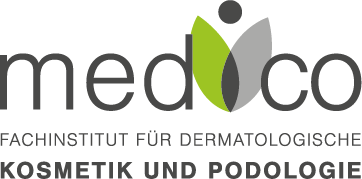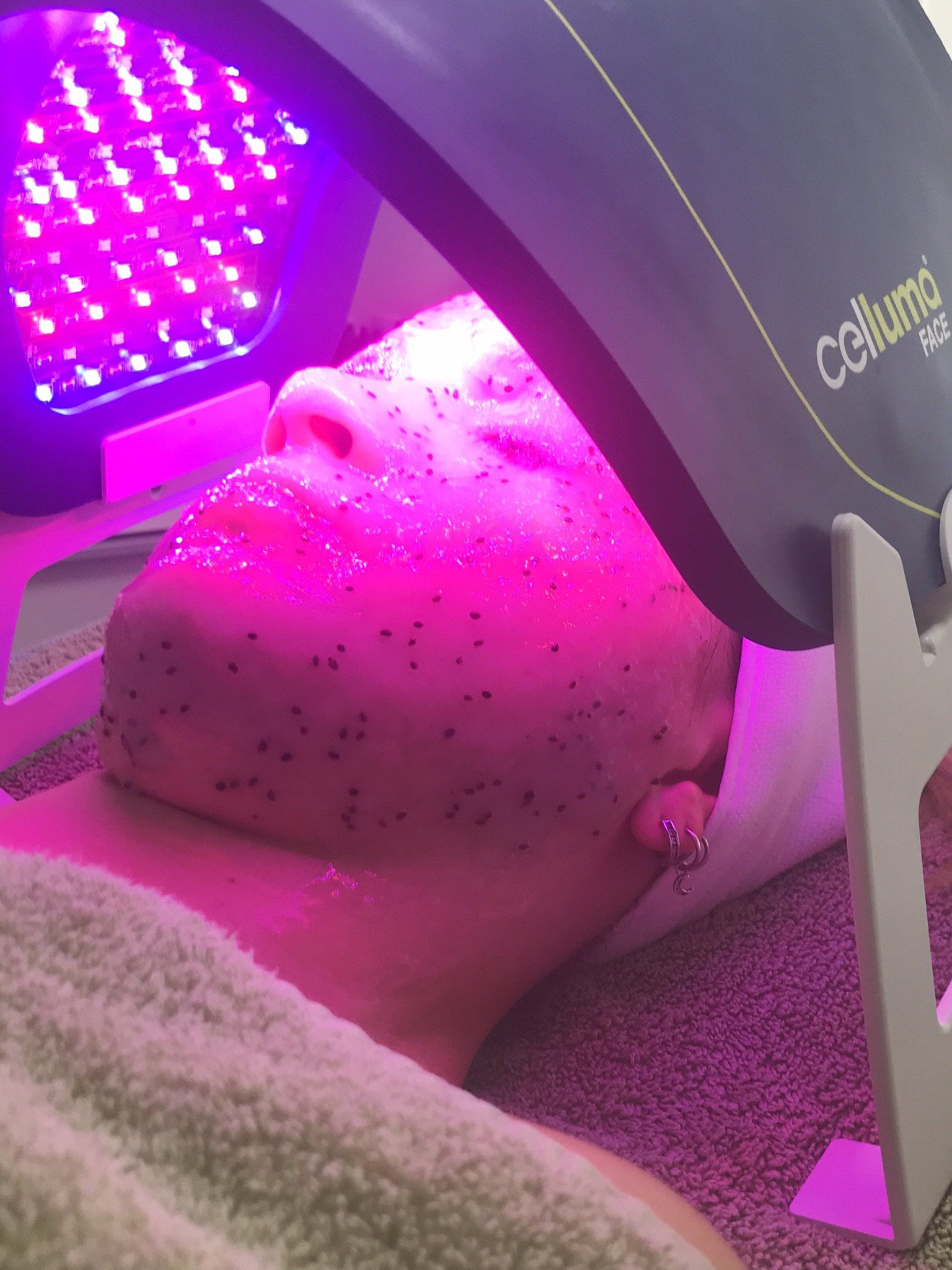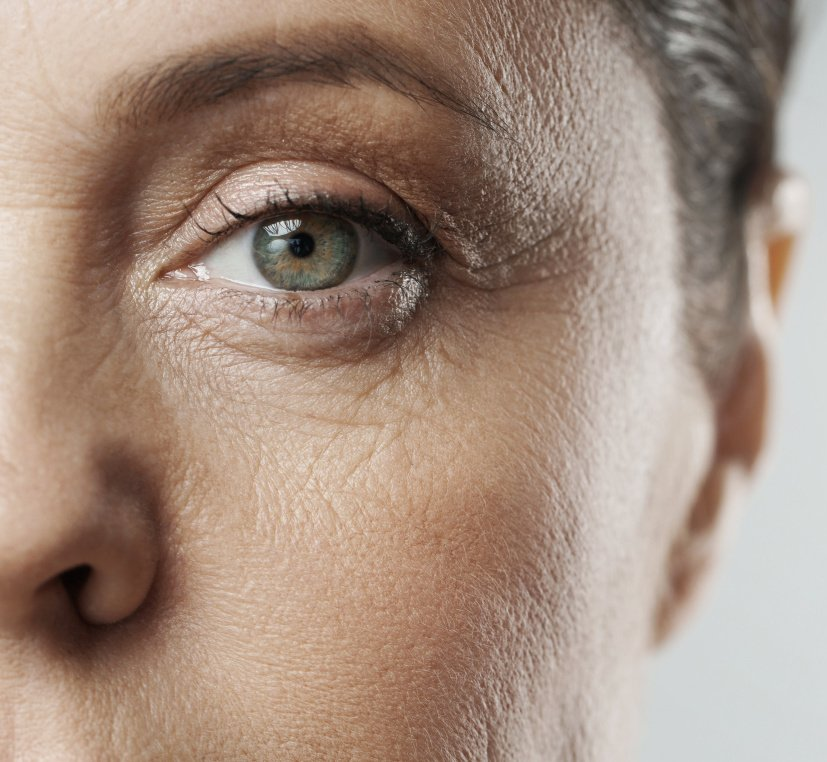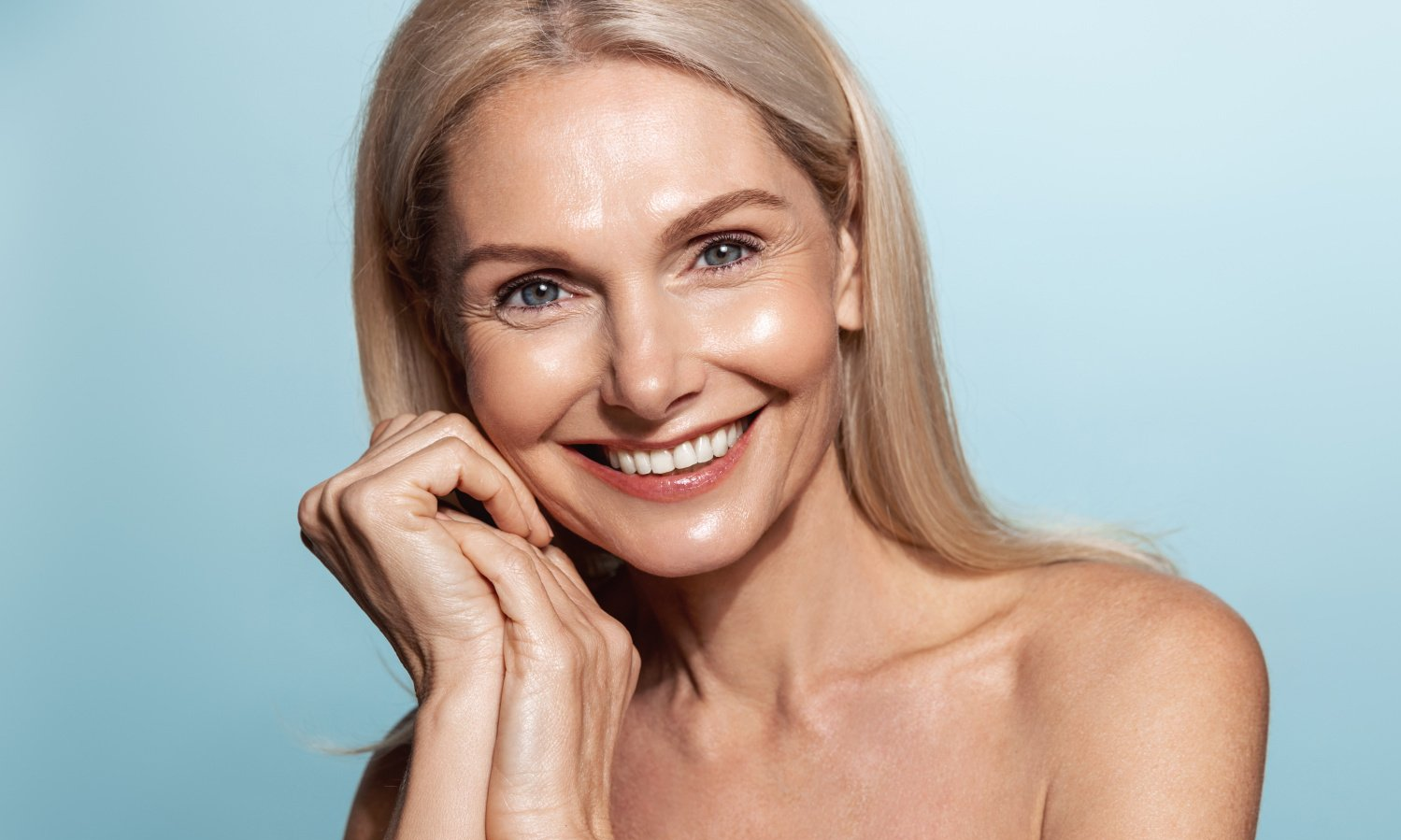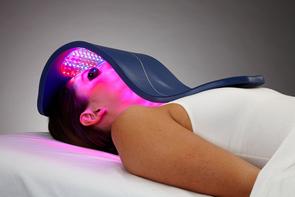Celluma Light Therapy
What is LED light therapy ?
The LED skin treatment comes from the USA and is currently the only light therapy with FDA approval for the simultaneous use of three clinically tested light frequencies for skin rejuvenation, acne, couperose, etc. The special light activates cell growth and stimulates the cells to form new ones endogenous collagen. As a result, wrinkles are visibly reduced and the skin appears more youthful and radiant.
Light as a means of treating skin problems is nothing new: Ultraviolet light in particular, or UV light for short, has been used in dermatology since the 1990s to treat neurodermatitis, psoriasis, contact eczema, but also pigment disorders and sun allergies.
Blue light, (464nm)
has a strong disinfecting effect and with its antibacterial and antiviral properties on the skin surface.
The general skin condition improves and the skin is soothed.
Red light, (640nm)
stimulates the stimulation of collagen in the skin | Skin rejuvenation and reduction of wrinkles | Detoxification and regeneration | A noteworthy indication here is the treatment of hair loss.
infrared light, (880nm)
works in depth against inflammation. Due to the deep skin generation, scars, deep-seated inflammations such as rosacea and psoriasis and acne are significantly improved.
-
Anti-Aging LED Light Therapy
Aging could be described as a deterioration in the metabolic process. For as long as we can remember, people have found ways to minimize the effects of aging. We do this because we all want to get the greatest joy and fulfillment out of our finite time on earth. We want more time with our spouses and children, more belly laughs with our friends, more time to travel, and more time to make our mark on the world.
-
Collagen
When it comes to aging, a major factor that leads to wrinkles, fine lines and joint pain is due to insufficient levels of collagen. Collagen is the main structural protein in your skin and other connective tissues. Collagen literally holds our bodies together. An easy way to remember what collagen does is to look at the Greek prefix "kolla" which means glue.
-
signs of aging
Fibroblast cells are responsible for the production of collagen and elastin, the two most common proteins in connective tissue. However, as we age, our fibroblasts become impaired, resulting in lower levels of these proteins. We may notice increased elasticity in our skin, wrinkles and joints that may not move as freely as they used to. This is because lower collagen levels lead to cartilage breakdown, which can cause inflammation, pain, stiffness, arthritis, and increased recovery time after physical activity. Other common signs of aging can include:





